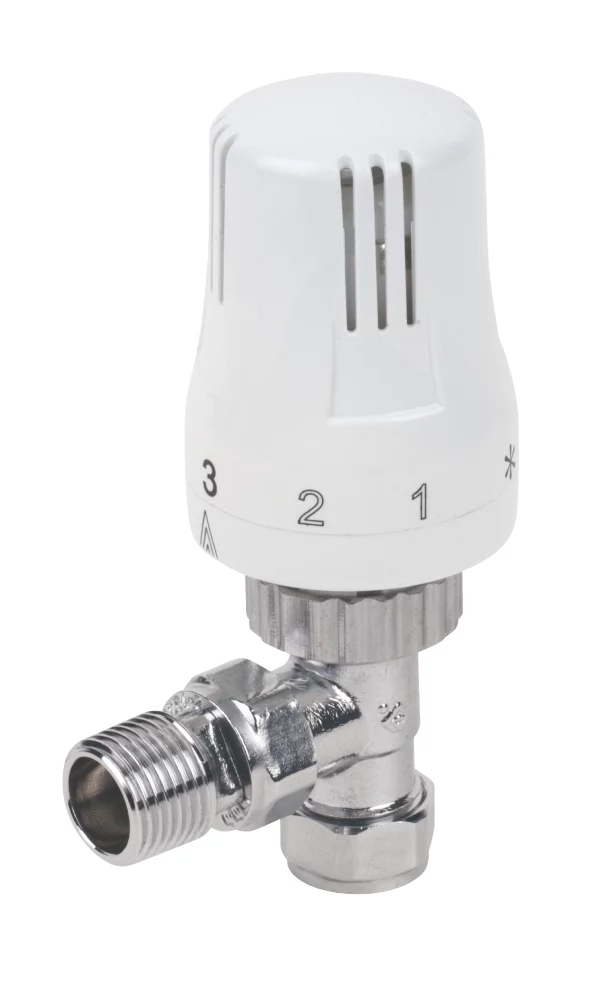Heating
Stay warm and cozy all year round with our reliable heating services.
You never notice it until its gone wrong, when it goes wrong you need help, quickly, that’s where we come in.
Boiler problems, cold radiators, sticky valves, cold water, are just some of the many problems we are regularly called out to fix.
But we also install modern, efficient radiators and heating controls (including wifi enabled controls allowing you to control heating away from the home, to ensure you have a nice warm welcome on your return).
It could be as simple as a sticky valve on the radiator or as bad as requiring a new boiler, we will always ensure that we only do what is necessary, and make sure we take the time to explain to you exactly what the problem is.
Types of Boilers
Combi Boilers
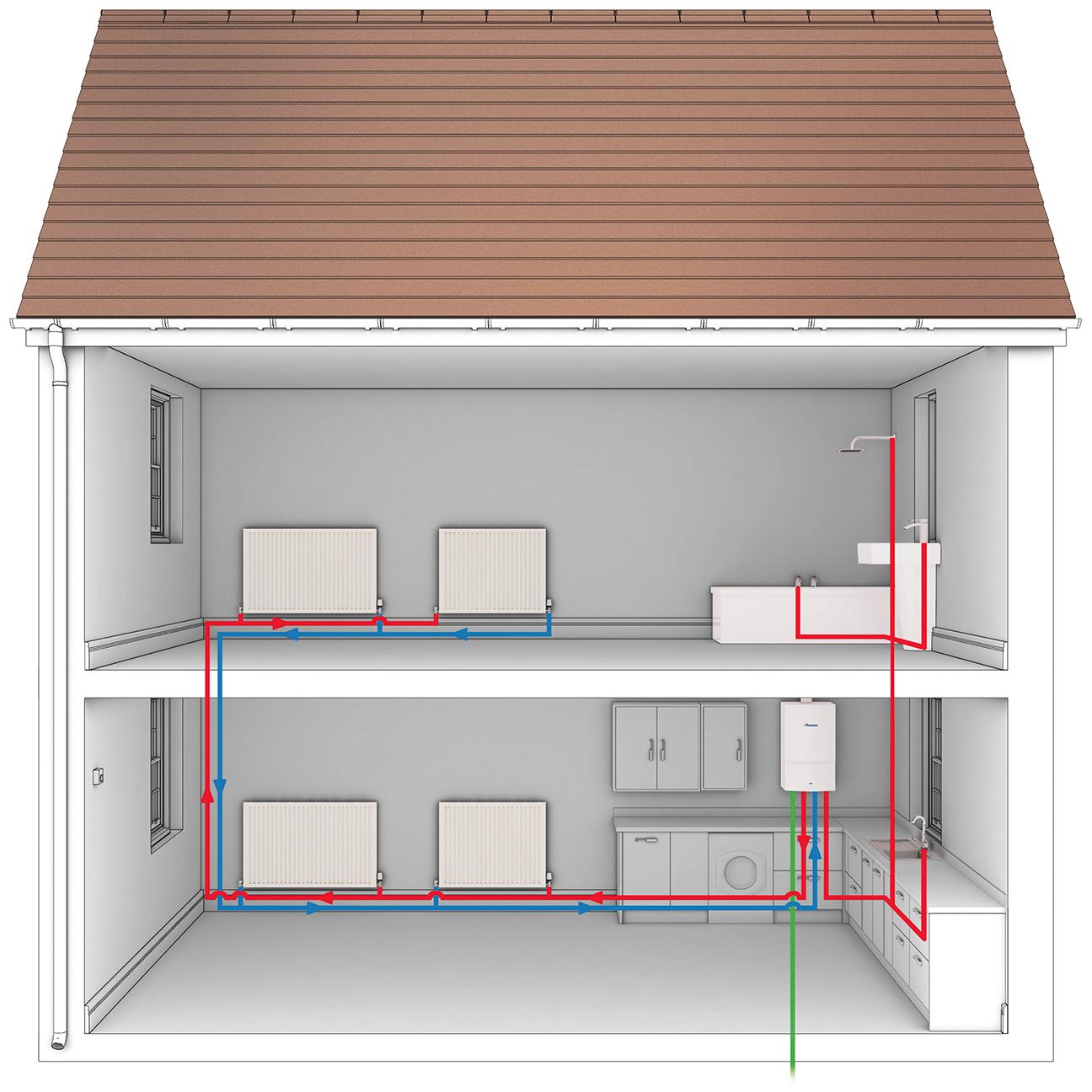
A combination or ‘combi’ boiler serves as both a high-efficiency water heater and a central heating system within a single, compact unit. Combi boilers heat water directly from the mains whenever a tap is turned on, eliminating the need for a hot water storage cylinder or a cold water storage tank in the roof space.
These boilers are highly cost-effective and energy-efficient because they heat water instantly rather than storing it in a cylinder. Additionally, they deliver hot water at mains pressure, providing the benefit of a powerful shower without requiring a separate pump.
- The compact size of combi boilers makes them ideal for smaller properties.
- They are perfect for homes with limited or no loft space, and they free up space since there is no need for a hot water cylinder.
- Without a cold water storage tank, loft space can be used for other purposes, such as conversions.
- There’s also no risk of loft pipework freezing.
- The reduced amount of pipework generally makes installation cheaper.
Regular Boilers
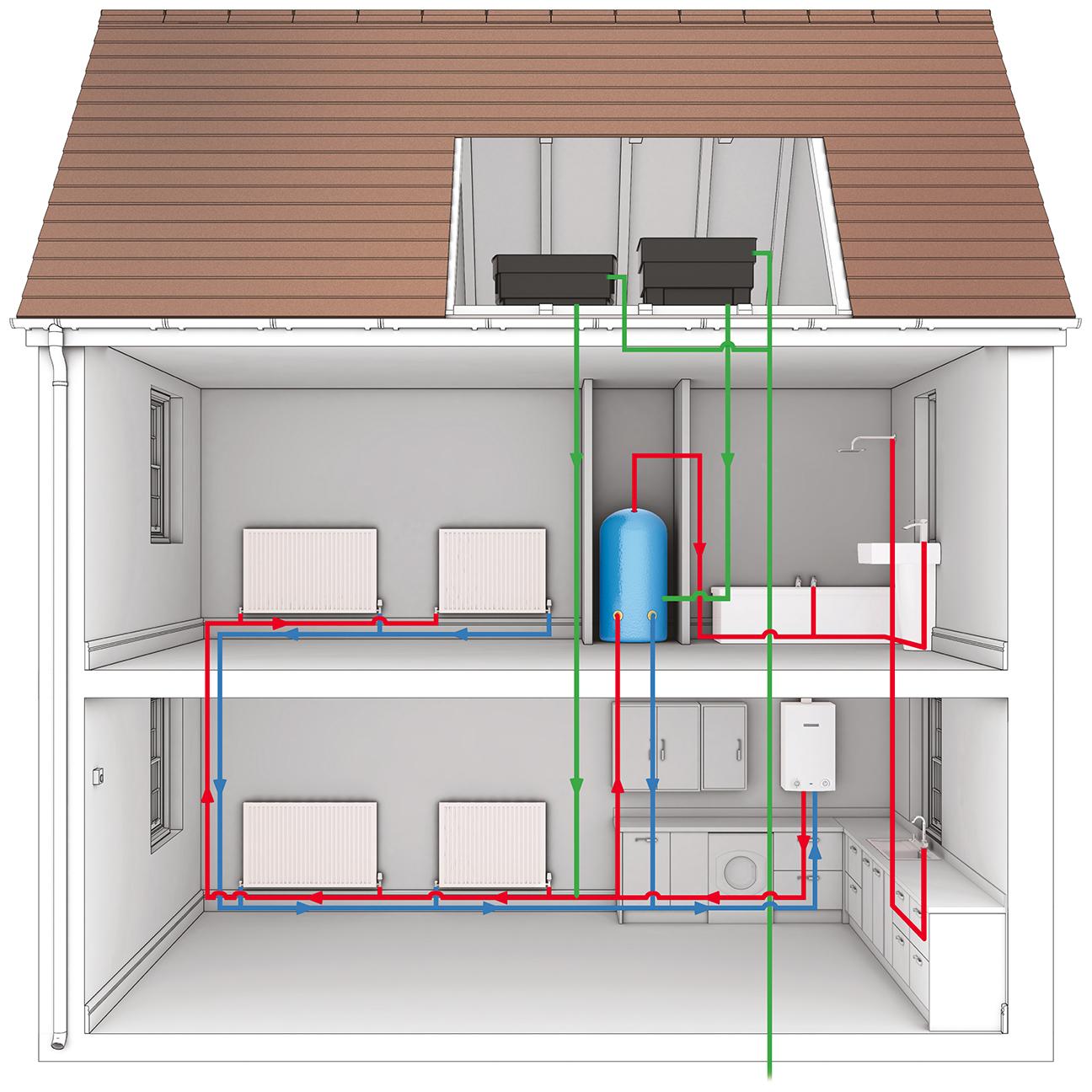
Replacing an existing boiler with a regular boiler is often the best choice if the property has an older radiator system, as it may not be able to handle the higher water pressure delivered by system or combi boilers.
Benefits of regular boilers include:
- Suitable for homes where a lot of hot water is used simultaneously.
- Ideal for properties with two or more bathrooms.
- A good choice in areas with low water pressure.
- Compatible with solar water heating systems, helping to reduce carbon footprint and energy costs.
Important terms and definitions
Condensing Technology
Changes in government legislation and advancements in boiler technology have led to the development of condensing boiler designs, maximizing the conversion of fuel into useful heat for your home. With a condensing boiler, at least 90p of every £1 spent on gas or oil will be efficiently transformed into heat, enhancing your home comfort.
Condensate
When gas or oil is burned in your boiler, heat is produced along with condensation. This condensation is visible in the gases that plume out from the boiler, particularly noticeable in cold weather. Besides being released into the air, some condensate also accumulates inside the boiler and is drained away, either inside or outside your home. This process is safe and not a cause for concern.
However, if the condensate pipe has not been installed according to our guidelines, there is a risk it could freeze during severe weather conditions.
ErP Rating
The ErP Rating is a new standard established by the European Union to enhance the efficiency and performance of heating and hot water products. This rating system introduces new efficiency classes ranging from A++ to G, which are displayed on labels provided with the boiler. ErP labels are already commonly seen on washing machines, televisions, and other appliances in electrical retail stores.

The flue is the component of the boiler that enables exhaust gases to escape. It is usually located directly behind the boiler, allowing waste gases to safely exit through the external wall of your home.
When it comes to Combi boilers, the flow rate indicates how many liters of hot water come out of the tap per minute. This flow rate depends on the amount and pressure of water entering your property from the water main and the boiler’s capacity to heat the water to your desired temperature. A more powerful boiler (measured in kW) can heat the incoming water more quickly.
However, it’s important to note that a higher kW output does not always translate to a higher flow rate. If only 10 liters per minute are entering your property, you will only get 10 liters per minute of hot water. For instance, even if your boiler has a maximum flow rate of 14 liters per minute, you will still only receive 10 liters per minute of hot water if that is all that’s entering the boiler.
Gas Safe Accreditation is the benchmark for gas safety in the UK. To legally work on your boiler or any other gas appliances at home, an installer must be listed on the Gas Safe Register. For more information, visit www.gassaferegister.co.uk.
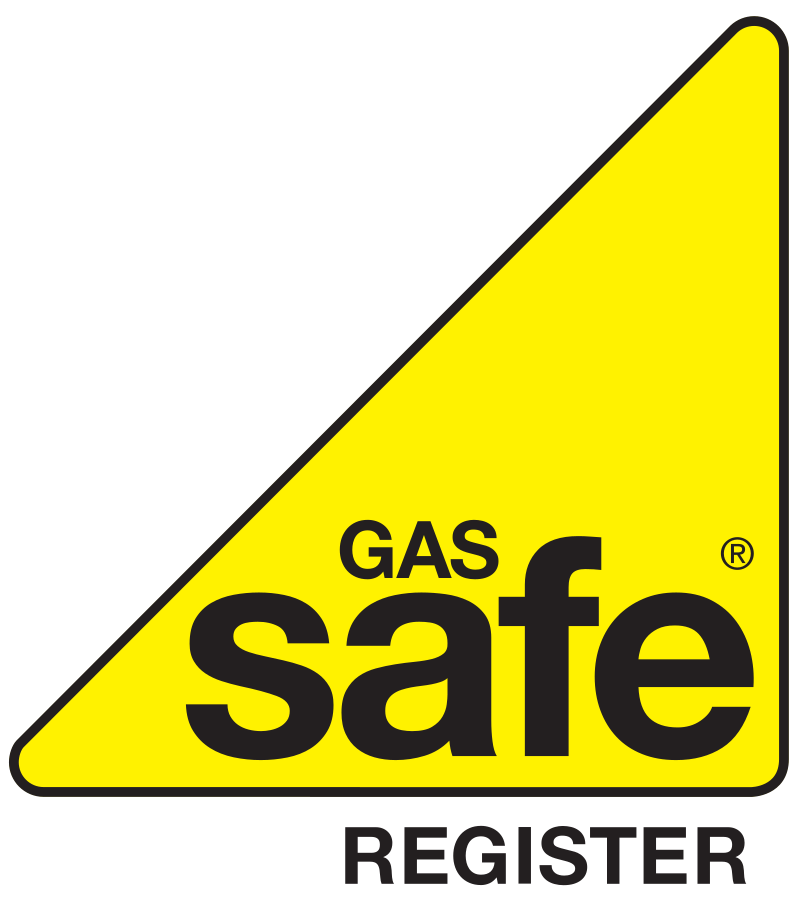
Greenstar refers to Worcester’s entire range of gas-fired boilers, known for their high energy efficiency, reliability, and comfort. Over 2 million Greenstar Combi boilers have been installed in homes across the UK.
This term also describes a Regular boiler type. An open vent system includes an “Open Vent” and tanks located in the loft space. This type of heating system is typically found in older properties.
SEDBUK, which stands for Seasonal Efficiency of Domestic Boilers in the UK, offers a rating system that includes both a percentage efficiency score and an A to G rating. This system allows for easy comparison of boilers. SEDBUK has now been incorporated into the recent ErP labelling directive.

Old ‘Standard Efficiency’ boilers lose significant heat because they do not condense and reuse it before expelling it through the flue. According to the current SEDBUK rating system, a Standard Efficiency boiler would be classified as G-rated and is probably around 30% less efficient than a new Worcester A-rated boiler.
A system filter is a specially designed unit intended to eliminate both magnetic and non-magnetic impurities from your central heating system before they reach your boiler. It’s consistently advised by Building Regulations to install a system filter on your heating system pipes before your boiler to safeguard crucial components from potential damage.
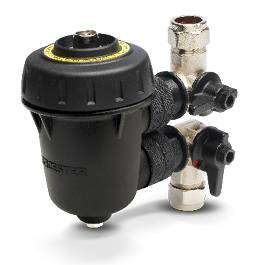
Over time, the presence of oxygen in the heating system can instigate a reaction with the metals and various components, like radiators, resulting in the formation of magnetite particles (rust). These particles then become suspended in the system water. This ongoing process, along with the accumulation of other substances like lime scale, can swiftly lead to blockages and harm key boiler and system components. To counteract this, it is imperative to conduct a comprehensive system flushing procedure when integrating a new boiler into an existing heating system. This procedure entails expelling the old system water from the heating system while simultaneously employing filtration to eliminate all remnants of old water and contaminants. Finally, the addition of inhibitors and a system filter serves to prevent the buildup of future sludge and contaminants.
Thermostatic Radiator Valves (TRVs) allow you to regulate the temperature of each room separately, catering to your preferred comfort levels. Adjusting the TRV to a higher number increases the heat output of the radiator, resulting in a warmer room. It’s important to avoid installing a TRV on a radiator within the same room as a room thermostat.
